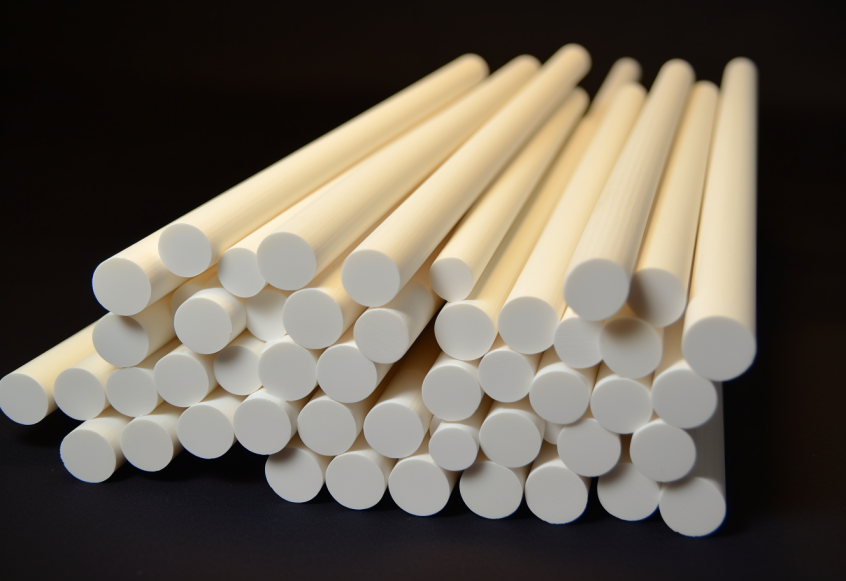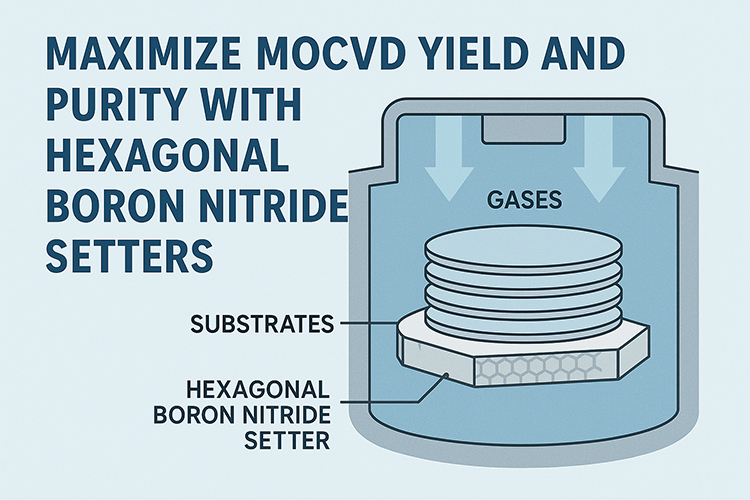Alumina Rods for Heat Exchanger Applications
Alumina rods are commonly used in various industrial applications, including heat exchangers, due to their excellent thermal and mechanical properties. Alumina, or aluminum oxide (Al2O3), is a ceramic material that offers high heat resistance, good thermal conductivity, and corrosion resistance. Here's how alumina rods are utilized in heat exchanger applications:

1. High Thermal Conductivity:
Alumina has a relatively high thermal conductivity, making it an excellent choice for heat exchangers where efficient heat transfer is crucial. This property ensures that heat can be effectively conducted through the alumina rod, facilitating the exchange of thermal energy.
2. Corrosion Resistance:
Alumina is highly resistant to corrosion, which is a critical feature in heat exchanger applications where exposure to corrosive environments is common. This resistance ensures the longevity and reliability of the heat exchanger, even when handling aggressive fluids.
3. High Temperature Stability:
Alumina can withstand high temperatures, making it suitable for applications involving elevated heat levels. Heat exchangers often operate in demanding environments, and alumina's stability ensures that it can perform reliably under such conditions without degradation.
4. Mechanical Strength:
Alumina rods exhibit good mechanical strength, providing structural integrity to the heat exchanger. This is essential for withstanding the stresses and pressures associated with the thermal cycling and fluid flow typical in heat exchange processes.

5. Electrical Insulation:
Alumina is an electrical insulator, which is advantageous in applications where electrical isolation is required. In heat exchangers, electrical insulation can be crucial to prevent unwanted interactions or interference with other components.
6. Resistance to Erosion and Abrasion:
In some heat exchanger applications, erosion and abrasion can be challenges. Alumina's hardness contributes to its resistance against wear and tear, ensuring a longer lifespan for the heat exchanger components.
7. Chemical Compatibility:
Alumina is chemically inert and compatible with a wide range of fluids. This is advantageous in heat exchanger applications where exposure to various chemicals is common. The material's stability ensures that it won't react with the fluids being processed.
8. Customizable Shapes and Sizes:
Alumina rods can be manufactured in various shapes and sizes, allowing for customization based on the specific design requirements of the heat exchanger. This flexibility in design contributes to the adaptability of alumina in different heat exchange systems.
Conclusion:
Alumina rods play a crucial role in heat exchanger applications, offering a combination of thermal performance, mechanical strength, and chemical resistance. The unique properties of alumina make it a reliable and durable material for heat exchanger components, contributing to the efficiency and longevity of heat exchange processes in various industries. Whether in traditional industrial settings or emerging high-tech applications, alumina's characteristics make it a versatile and valuable choice for heat exchanger design and manufacturing.
Advanced Ceramic Materials (ACM) is a leading supplier of alumina rods. Send us an inquiry if you are interested.
Read more about other applications of alumina rod: Exploring the Versatility of Alumina Rods
{{item.content}}
LEVE A REPLY
{{item.children[0].content}}
{{item.content}}
LEAVE A REPLY
SUBSCRIBE OUR NEWSLETTER
- Boron Nitride in Cosmetics: Enhancing Performance and Sensory Appeal
- Maximize MOCVD Yield and Purity with Hexagonal Boron Nitride Setters
- What Are the Advantages and Uses of Boron Nitride Ceramic Sheet?
- The Compression Annealing Advantage for Pyrolytic Boron Nitride
- Beyond Insulation: The Surprising Spectrum of Ceramic Thermal Conductivity











